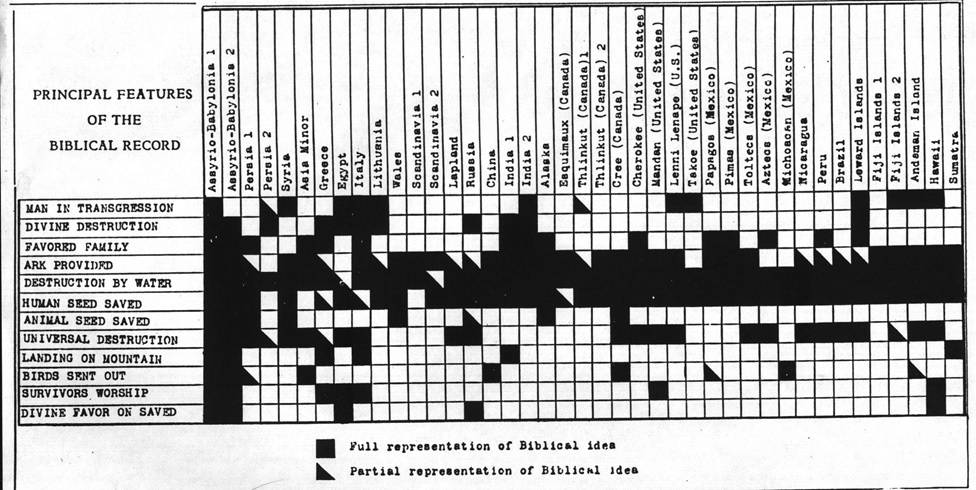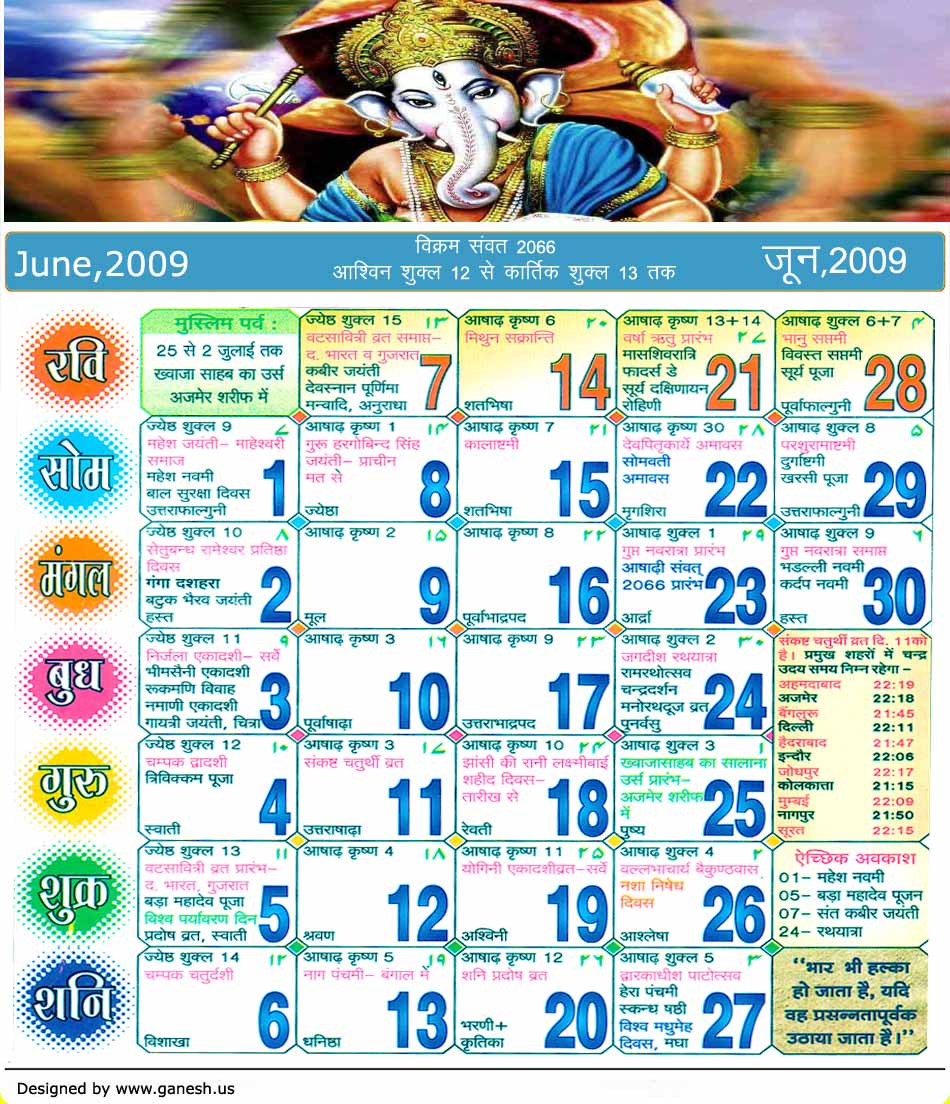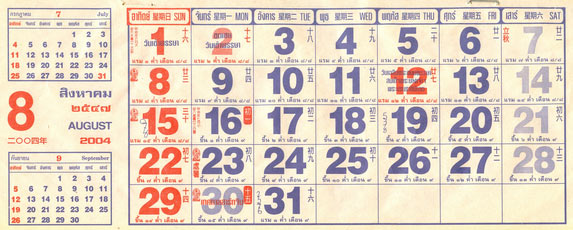We looked at the similarities between the account of Manu in the Sanskrit Vedas and the account of Noah in the Hebrew Vedas. This similarity goes deeper than the flood accounts. There is also a similarity between the Promise of the sacrifice of Purusa at the dawn of time with that of the Promised offspring given in the Hebrew book of Genesis . So why do we see these similarities? Coincidence? Does one account borrow or steal from the other? Here a suggestion is offered.
Tower of Babel – After the Flood
Following the account of Noah, the Veda Pusthakam (the Bible) goes on to record the descendants of his three sons and states “From these the nations spread out over the earth after the flood.” (Genesis 10:32). The Sanskrit Vedas also declare that Manu had three sons from whom all mankind descend. But how did this ‘spreading out’ occur?
The ancient Hebrew Vedas lists the names of the descendants of these three sons of Noah – the complete list here. The account goes on to describe how these descendants disobeyed the directive of God (Prajapati) – the Creator, who had commanded them to ‘fill the earth’ (Genesis 9:1). Instead these people remained together to build a tower. You can read that here. This tower ‘reached to the heavens’ (Genesis 11:4) which meant that these descendants of Noah were building a tower for the purpose of worshiping stars and the sun, moon, planets etc. instead of the Creator. It is well-known that star worship originated in Mesopotamia (where these descendants were living) and that it then spread all over the world.
So instead of worshiping the Creator, our ancestors worshiped stars. The account then says that to frustrate this, so that the corruption of worship would not become irreversible, the Creator decided to
…confuse their language so they will not understand each other. (Genesis 11:7)
As a result of this, these first descendants of Noah could not understand each other and so in this way the Creator
scattered them from there over all the earth (Genesis 11:8)
Once these people could no longer talk with each other, they migrated away from each other, within their newly formed linguistic groups, and thus they ‘scattered’. This explains why the different people groups of the world today speak in very different languages, as each group spread out from their original center in Mesopotamia (sometimes over many generations) to the places where they are found today. Thus, their respective histories diverge from this point onwards. But each language group (which formed these first nations) had a common history up to this point. This common history included the Promise of Moksha through the sacrifice of Purusa and the flood account of Manu (Noah). The Sanskrit rsis remembered these events through their Vedas and the Hebrews remembered these same events through their Veda (the Torah of Rsi Moses).
The Testimony of diverse Flood accounts – from around the world
Interestingly, the flood account is not just remembered in the ancient Hebrew and Sanskrit Vedas. Diverse people groups around the globe remember a great flood in their respective histories. The following chart illustrates this.

Across the top this shows various language groups living around the world – on every continent. The cells in the chart denote whether the particular detail of the Hebrew flood account (listed down the left of the chart) is also contained their own flood account. Black cells indicate that this detail is in their flood account, while blank cells indicate that this detail is not in their local flood account. You can see that almost all these groups had at least in common the ‘memory’ that the flood was a Judgment by the Creator but that some humans were saved in a huge boat. In other words, the memory of this flood is not only found in the Sanskrit and Hebrew Vedas, but in other cultural histories around the world and continents apart. It points to this event having happened in our distant past.
The Testimony of the Hindi Calendar

The difference and the similarity of the Hindi calendar with the Western calendar likewise is evidence of this shared memory of the distant past. Most Hindi calendars are constructed so that the days go down columns (top to bottom) instead of across rows (left to right), which is the universal structure for calendars in the West. Some calendars in India use Hindi script for numbers (१, २, ३ …). and some use western numbers (1, 2, 3…) These differences are to be expected since there is no ‘right’ way to denote a calendar. But all calendars have a central similarity. The Hindi calendar uses the 7-day week – the same as in the Western world. Why? We can understand why the calendar was divided into years and months like the western one since these are based on the revolutions of the earth around the sun and the moon around the earth – thus giving astronomical foundations common to all people. But there is no astronomical time basis for the 7-day week. This comes from custom and tradition that goes far back in history (how far back no one seemed to know).
… and the Buddhist Thai Calendar

Being a Buddhist country, Thais mark their years from the life of the Buddha so that their years are always 543 years greater than in the West (ie the year 2019 CE is 2562 in BE –Buddhist Era – in the Thai calendar). But again they also use a 7-day week. Where did they get that from? Why are calendars that are different in so many ways across various countries based on the 7-day week when there is no real astronomical basis for this time unit?
Testimony of ancient Greeks on the week
The ancient Greeks also used the 7-day week in their calendar.
The ancient Greek physician Hippocrates, who lived around 400 BC is considered the father of modern medicine and he wrote books, preserved to this day, recording his medical observations. In doing so he used ‘week’ as a time unit. Writing about the growing symptoms of a certain disease he stated:
The fourth day is indicative of the seventh; the eighth is the commencement of the second week; and hence, the eleventh being the fourth of the second week, is also indicative; and again, the seventeenth is indicative, as being the fourth from the fourteenth, and the seventh from the eleventh (Hippocrates, Aphorisms. #24)
Aristotle, writing in the 350’s BC uses the ‘week’ regularly to demark time. To cite one example he writes:
The majority of deaths in infancy occur before the child is a week old, hence it is customary to name the child at that age, from a belief that it has now a better chance of survival. (Aristotle, The History of Animals, Part 12, ca 350 BC)
So where did these ancient Greek writers, far removed from India and Thailand, get the idea of a ‘week’ such that they used it expecting their Greek readers to know what a ‘week’ was? Perhaps there was an historical event which all these cultures had in their past (though they may have forgotten the event) which established the 7-day week?
The Hebrew Vedas describe just such an event – the initial creation of the world. In that detailed and ancient account the Creator creates the world and fashions the first people in 7 days (6 days with a 7th day of rest). Because of that, the first humans used that 7-day week time unit in their calendar. When mankind was subsequently scattered by the confusion of languages these major events before this ‘scattering’ were remembered by many of these different language groups, including the promise of a coming sacrifice, the account of the cataclysmic flood, as well as the 7-day week. These memories are living artefacts of early mankind and a testament to the history of these events as recorded in these Vedas. This explanation certainly is the most straightforward way to explain the similarity between the Hebrew and Sanskrit Vedas. Some today dismiss these ancient writings as mere superstitious mythology but their similarities should cause us to take them seriously.
Early mankind had a common history which included the Promise of Moksha from the Creator. But how would the promise be fulfilled? We continue with the account of a holy man who lived just after the scattering caused by the confusion of languages. We pick this up next.
[For a further look at ancient memories that show similar kinds of convergences – but this time through the calligraphy in the Chinese language see here]
where in the bible it was mentioned that Jesus sat in the Lotus Position?? You are trying to picturise jesus as as a Hindu Divinity? Just to confuse people and convert hinuds into christianity??
HI Raj
In fact the Bible mentions nothing about body positions of Jesus. I think that this is on purpose so that all positions are open and acceptable. If someone wants to raise their hands (as they do often in West) or kneel (as was usually done in previous times) and even sit in lotus position (as is more typical in East) that is open and fine. This is not a question of ‘hindus converting to christianity’. The questions I am exploring in this website are ‘What is the Gospel?”, “Is it True?” and “Is it available for Hindus too?” If Jesus was Divine, I think we all should have the benefit of that, regardless of our background.
Hey Ragnar,
I’m wondering where you found the first image (the flood account similarities) and who did that research? Thank you.
HI Adam
(Sorry for late reply). I found that image in Nelson’s “The Deluge Story in Stone”. I have come across the acknowledgment of the different flood accounts in several places.
In ancient history of Tamils (INDIA), there is a record of “FLOOD”. It is described more as great tsunami that engulfed entire Tamil Land that existed deep south of present day Sri Lanka. This land was called as “Lemuria”. Reference to this land and the great tsunami are made in several ancient Tami literature. As you may know Tamil is a language claiming antiquity even over Sanskrit !.
Perhaps you may find this interesting prompting some research in to this.